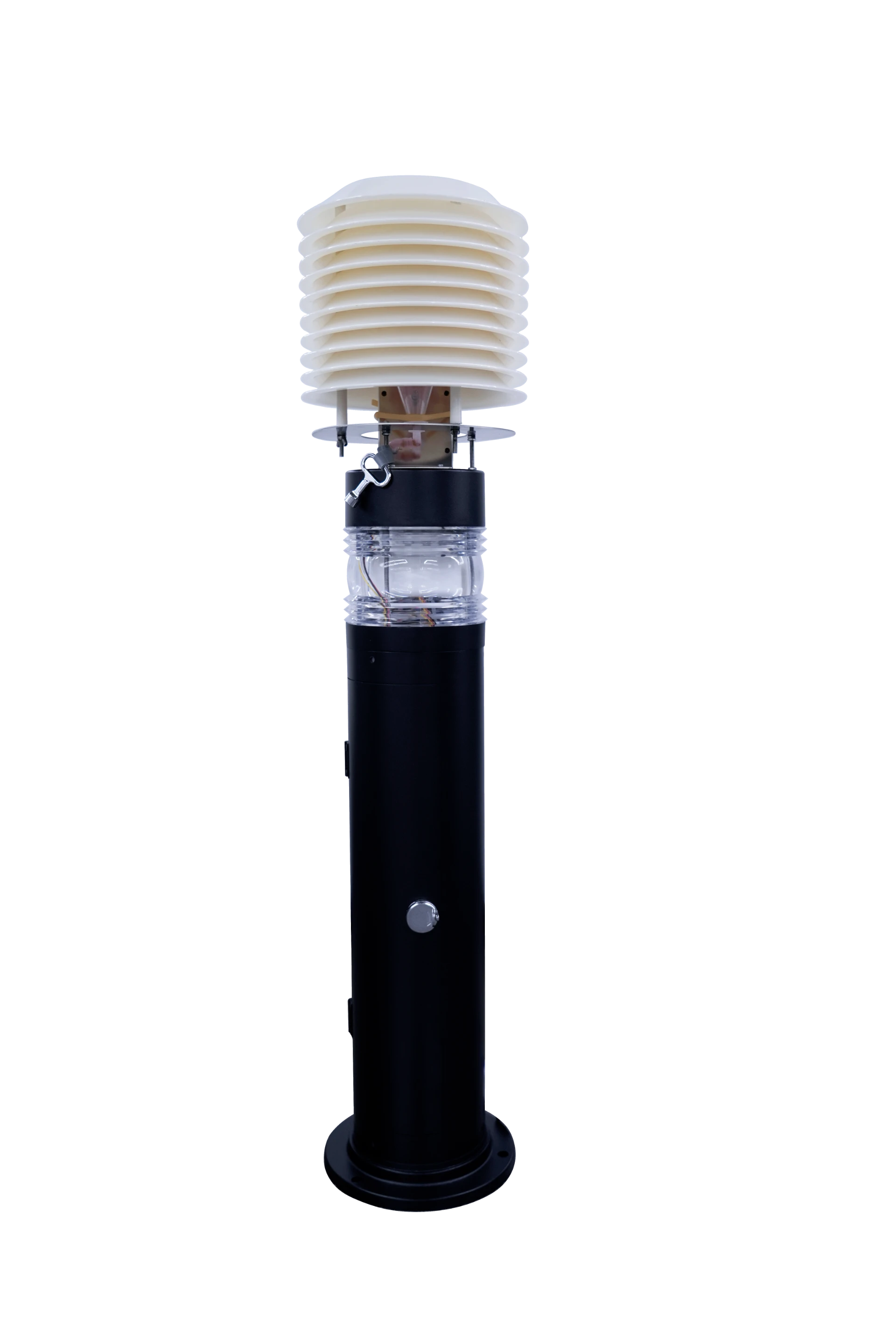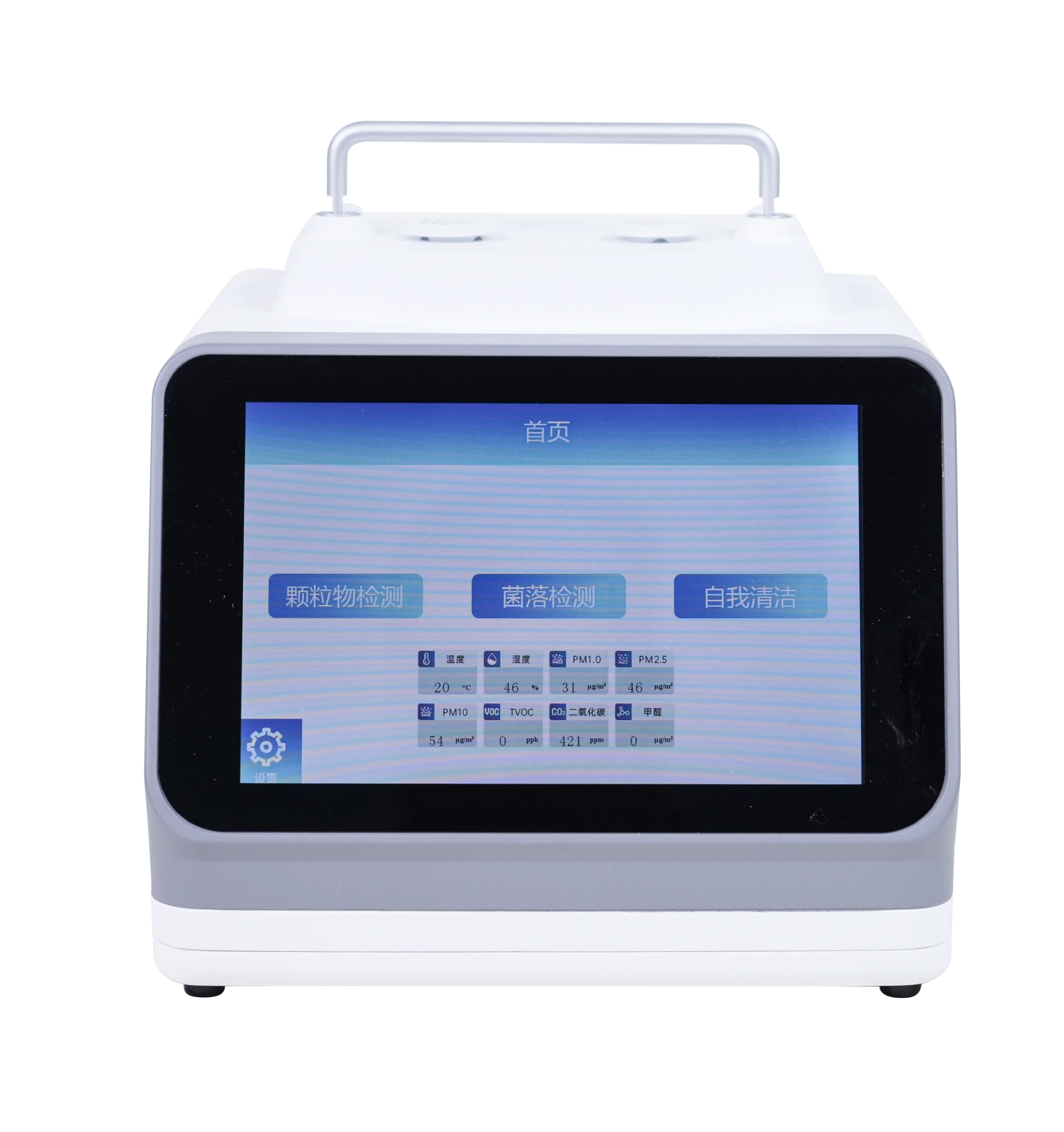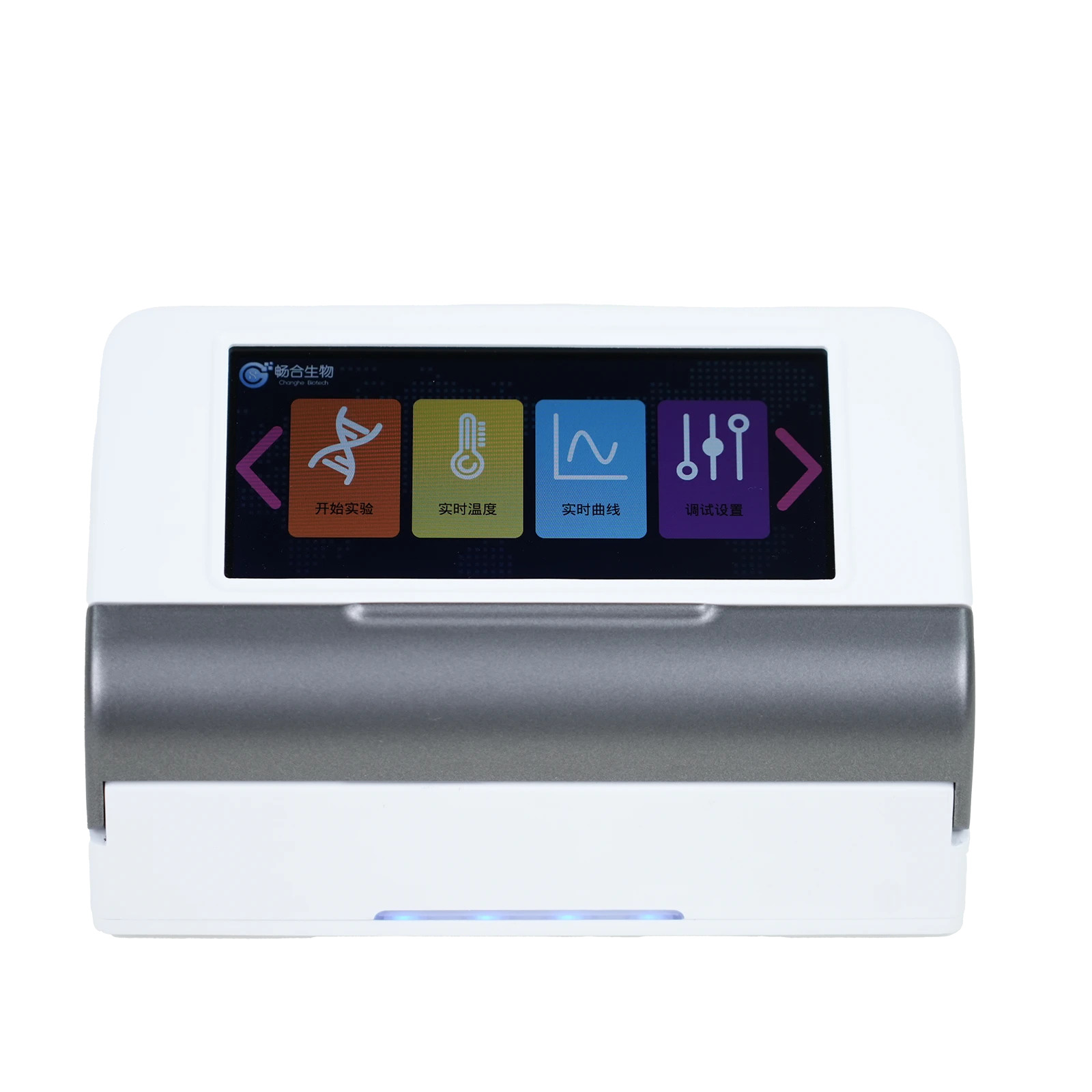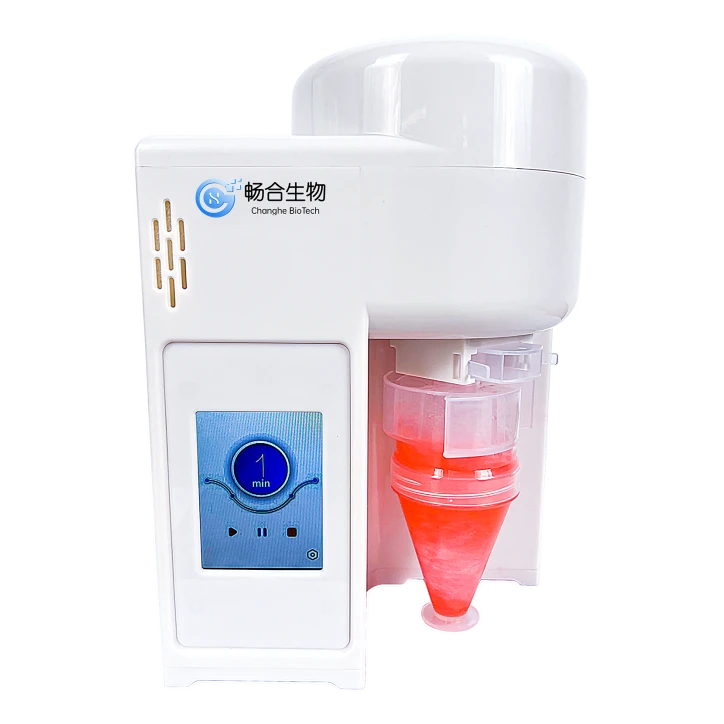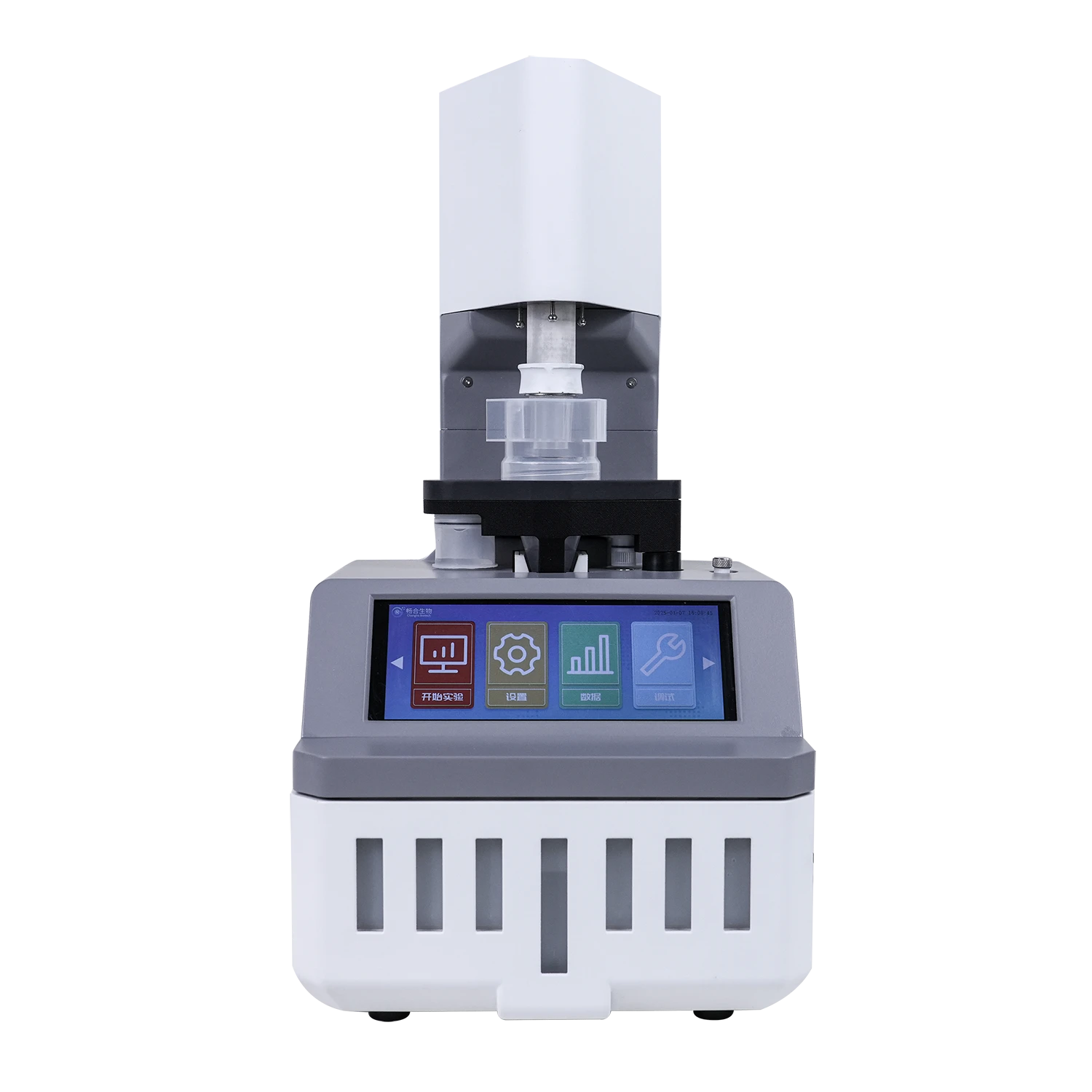
Real-time Bioaerosol Monitoring Device | Accurate Detection
SUZHOU CHANGHE BIOTECH CO., LTD
Pioneering Real-time Airborne Pathogen Detection Systems
The continuous monitoring of bioaerosols has become essential in our modern world. Bioaerosol Monitoring Device technology represents the frontier in environmental health and safety, delivering critical data for industries ranging from healthcare to urban planning.
Revolutionizing Airborne Pathogen Detection
Real-Time Particle Analysis
The Bioaerosol Monitoring Device (AST-1-2) enables instantaneous detection and classification of biological particles including bacteria, molds, and pollen through fluorescence measurement technology.
Multidimensional Data Capture
Each particle is analyzed across multiple parameters: size distribution, fluorescent intensity, and morphology - providing unprecedented detail in bioaerosol characterization.
Environmental Intelligence
With continuous monitoring capabilities, the Bioaerosol Monitoring Device transforms environmental data into actionable intelligence for epidemiological studies and contamination prevention.
Technical Visualization
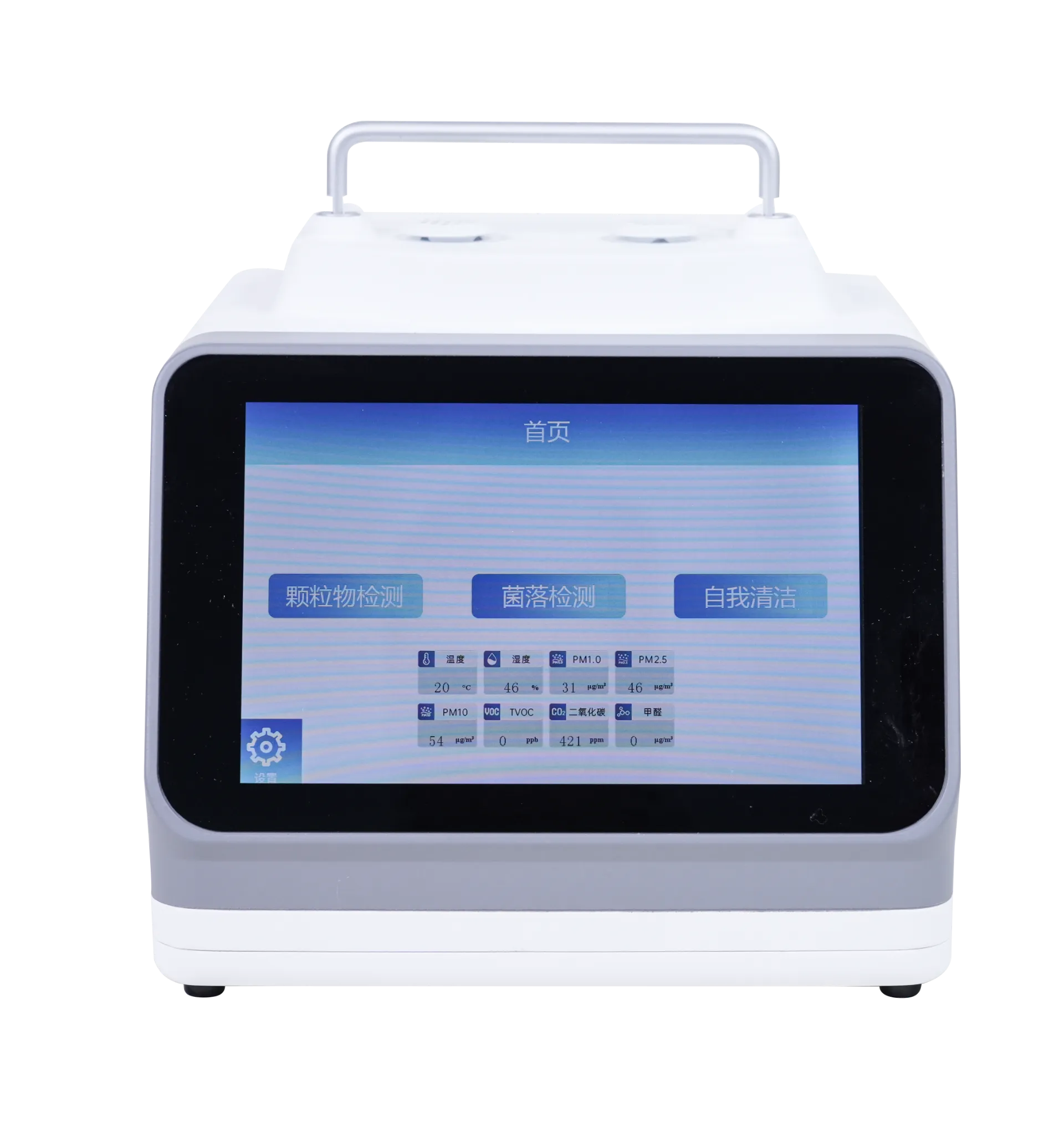
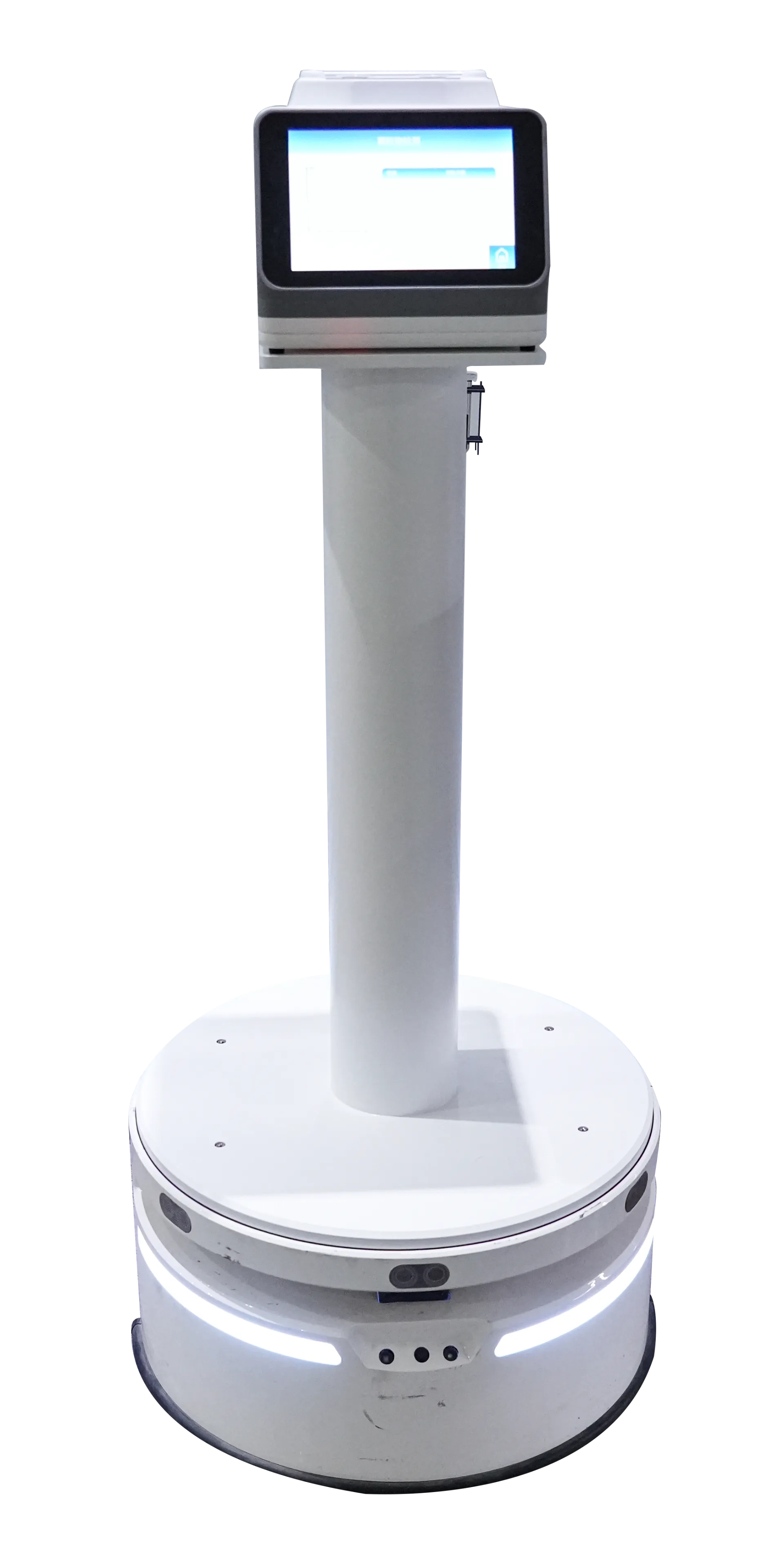
Technical Specifications
| Parameter | Specification | Industry Standard | Measurement Accuracy |
|---|---|---|---|
| Particle Size Range | 0.5 - 20 μm | ISO 21501-4 | ±0.1 μm resolution |
| Fluorescence Channels | Dual-channel (UV & VIS) | EN 16450:2017 | 99.7% specificity |
| Sampling Flow Rate | 5.0 L/min | ISO 17025 | ±2% calibration |
| Data Output | Real-time (1 sec intervals) | EPA QA/QC | 0.1% data loss |
| Operating Temperature | -10°C to 50°C | IP55 Certification | ±0.5°C |
| Detection Limit | 10 biological particles/m³ | NIOSH Manual | ±5% at 95% CL |
Performance Metrics
Industrial Applications
The versatility of the Bioaerosol Monitoring Device makes it indispensable across multiple sectors:
Healthcare Facilities
Real-time monitoring of surgical theaters and isolation wards to prevent hospital-acquired infections through airborne pathogens.
Agricultural Management
Early detection systems for crop pathogens and allergenic pollen to optimize harvest seasons and prevent agricultural losses.
Urban Air Quality
Municipal environmental monitoring networks utilizing Bioaerosol Monitoring Device technology to track biological pollutants.
Technical FAQ: Bioaerosol Monitoring Solutions
Q1: What optical technology enables biological particle differentiation?
The Bioaerosol Monitoring Device utilizes UV-LIF (Ultraviolet-Laser Induced Fluorescence) spectroscopy at excitation wavelengths of 280nm and 370nm to detect biological materials by their intrinsic fluorescence signatures.
Q2: What calibration standards apply to these instruments?
Calibration follows ISO 21501-4:2018 for particle sizing and ASTM D8412-21 for biological fluorescence detection, with NIST-traceable reference materials ensuring measurement precision.
Q3: How does ambient humidity affect measurements?
The device incorporates a humidity compensation algorithm validated according to EPA 625/R-96/010b methodology, maintaining ±5% measurement accuracy across 20-95% RH environments.
Q4: What particle size ranges are detectable?
The Bioaerosol Monitoring Device detects particles from 0.5μm (bacteria) to 20μm (pollen grains) with size resolution down to 100nm through Mie scattering analysis.
Q5: What is the sampling flow rate and its significance?
The 5.0 L/min flow meets ISO 7708:1995 respirable fraction requirements, with a constant flow controller maintaining ±2% stability critical for time-weighted exposure calculations.
Q6: How is data output formatted for analysis?
Particle-by-particle data is output in .csv format compatible with EPA PMF 5.0 receptor modeling, while real-time APIs integrate with building management systems for automated response protocols.
Q7: What certification standards does the device meet?
The instrument is certified to IP55 environmental protection rating, with EMC compliance following FCC Part 15 Class B and EU 2014/30/UE directive for industrial operations.
"The accuracy of fluorescence-based bioaerosol detectors has improved remarkably, with modern instruments like the AST series achieving classification accuracies exceeding 90% for common bioaerosol types in controlled studies."
- Journal of Aerosol Science (2023) Vol.164: 105-118
https://doi.org/10.1016/j.jaerosci.2022.105765
"Continuous monitoring technologies represent the future of infection control programs, with hospital implementations showing 40% reduction in airborne pathogen transmission events."
- Aerosol and Air Quality Research (2023) Vol.23(1): 220-232
https://doi.org/10.4209/aaqr.220452
Contact Our Technical Team
SUZHOU CHANGHE BIOTECH CO., LTD
Email: SJ.NI@CH-BIO.CN
Phone: 0086 13472814759
FLOOR 7, NO.1588 HUHANG ROAD, SHANGHAI, CHINA
Official Website
Bioaerosol Monitoring Device Product Page
-
High-Efficiency Air Sampling Bacteria Solutions for Accurate DetectionNewsJul.22,2025
-
Premium Bioaerosol Sampler: Accurate Airborne Pathogen CollectorNewsJul.22,2025
-
Professional Air Sample Mold Test Kit | Accurate & Fast DetectionNewsJul.21,2025
-
TB Real Time PCR Accurate Monkeypox Virus Detection Kits & PCR SystemsNewsJul.08,2025
-
Biological Sampling Cycle Optimize Your Sampling with Advanced échantillonnage biologique SolutionsNewsJul.08,2025

